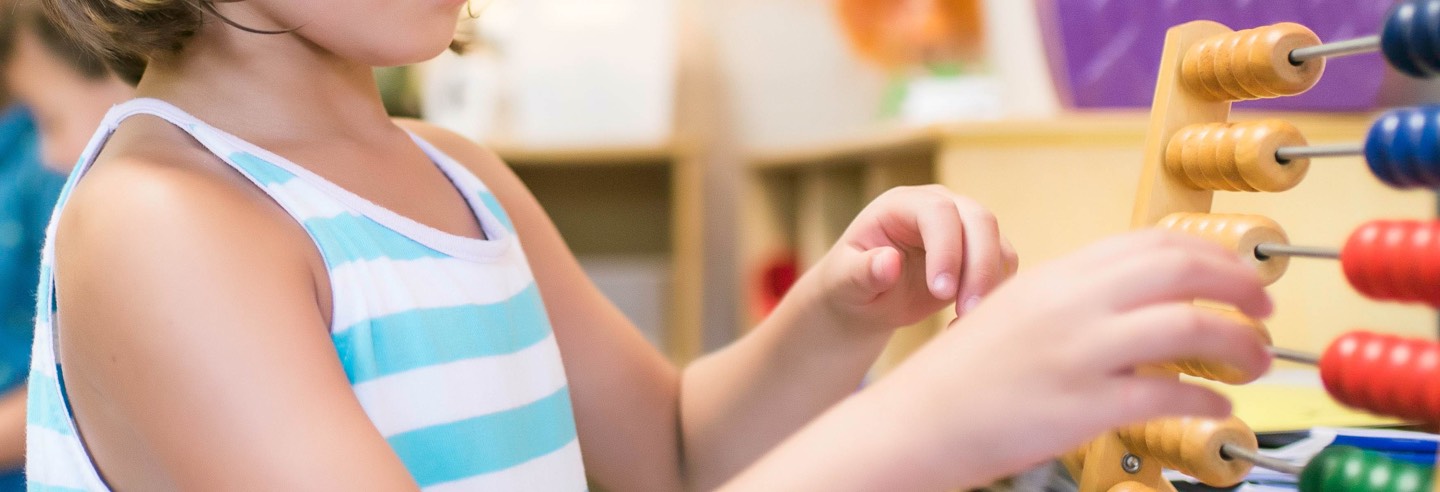Summer Travel: Integrating Learning Opportunities Into Your Summer Trips
Read ArticleApril 30, 2019
Using Monkey Bars to Teach Children to Hold a Pencil
Preparing children for kindergarten has become a primary focus for many parents and educators over the years. The idea of “kindergarten readiness” has created environments where academics are taught through seated work and less play, but what if teaching children to hold a pencil was as easy as teaching them to cross the monkey bars?
Think of a child’s development as a pyramid they must climb. Children build their pyramid on a foundation of core strength, developed through gross motor activities, in order to move onto the more complex fine motor skills. Another way to see it is children begin their development with the innermost portion of the body (big muscles) and slowly expand outward (fingers) as they grow and develop.
Core strength is required for children to lift their head as infants, crawl, sit up, sit in a chair, and jump. “Core” is what controls the big muscles in the body (shoulders, back, chest, stomach, and hips) and is required before fine motor skills can be fully developed.
Once children have developed a firm “core” they are able to move up the pyramid to proximal stability, the muscles closer to the hands which help children with balance, posture, and bilateral coordination (the use of both sides of the body). Children who have control over both sides of their body are more easily able to use tools such as pencils and scissors which require them to control the paper with one hand and the pencil or scissors with the other simultaneously.
The top of the pyramid, fine motor, comes more easily and more naturally to children who have been offered continued gross motor activities during the early years of development. These young bodies are prepped and ready for this new set of challenges we call fine motor activities.
How do monkey bars fit into the equation?
It’s the perfect example of how gross motor play leads to fine motor skills. When children hang from monkey bars they are strengthening their core muscles, they are working with both sides of the body as they move from bar to bar, and are working on hand strength/grip as they hold on. This beloved childhood activity will translate into fine motor control.
What does all of this mean?
Fundamentally, gross motor activities are essential for fine motor control. Children who are offered continuous gross motor experiences from infancy on will be better prepared for kindergarten and teachers will find “kindergarten readiness” skills will come more naturally to their students.




